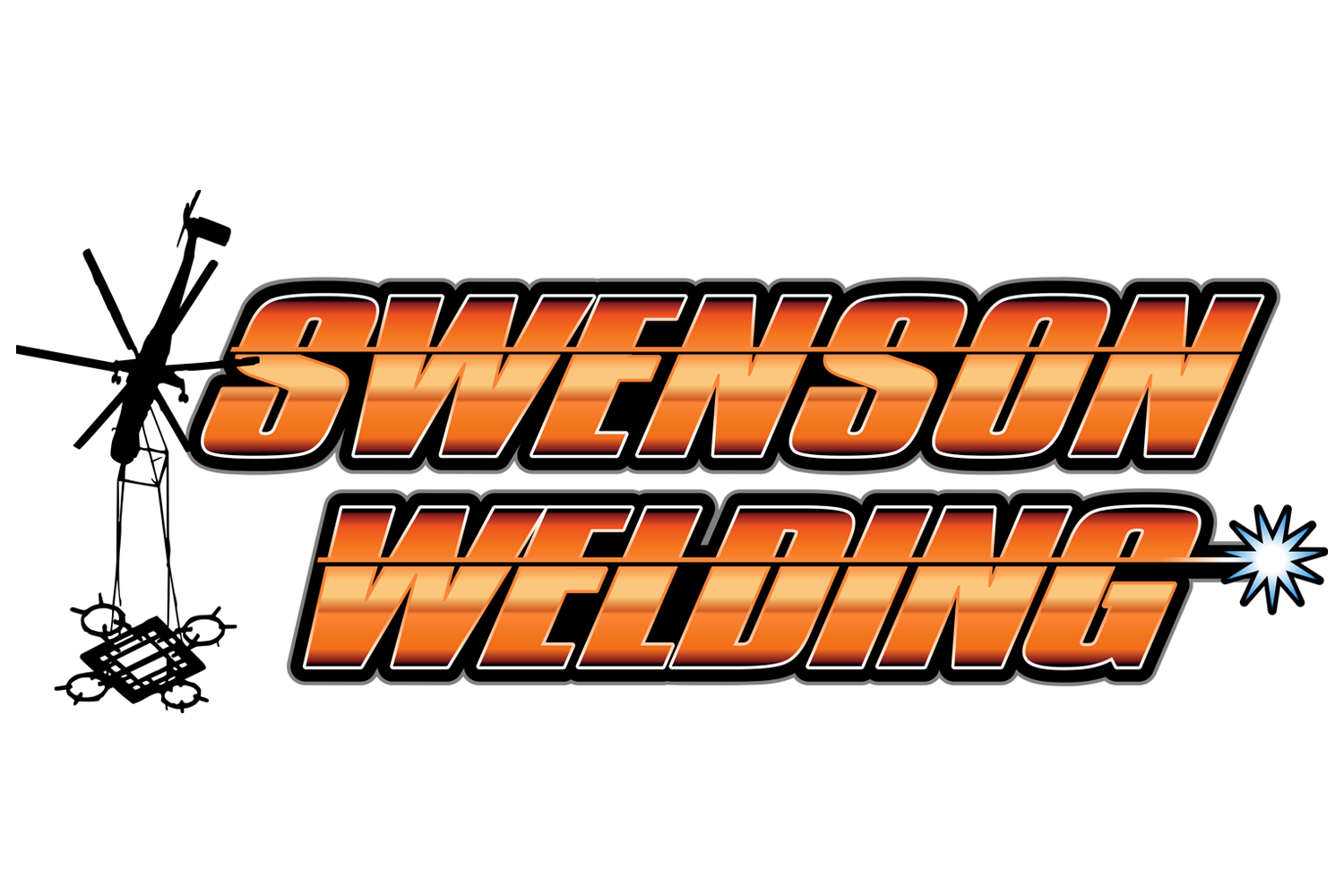
Welding is an essential process for a variety of technologies and applications.
It is a skill used in everything from welding machine repair to aerospace applications.
However, sometimes different jobs require different types of welding. If you have a welding repair project, you will want to make sure you’re using the most effective technique.
Read on to learn about the different types of welding and their applications, so you know which one will work best for your project.
Shielded Metal Arc Welding
Shielded Metal Arc Welding (SMAW) is the oldest and most cost-effective form of arc welding. SMAW is also called Stick Welding because of its consumable, protected electrode that is often also referred to as a stick.
Electricity passes through the electrode tip to melt and join the metals together, creating an intense cone of heat known as an arc. As the stick melts, its metal, protective cover shields the weld area from the gases in the air.
SMAW is most effective on metals that are at least a sixteenth of an inch, including:
- Stainless steel
- High alloy steel
- Low allow steel
- Carbon steel cast iron
- Ductile iron
This and its portability make it useful in construction, industrial fabrication, fixing industrial equipment, shipbuilding, and underwater pipelines.
Gas Metal Arc Welding
Gas Metal Arc Welding (GMAW) is also referred to as Metal Inert Gas (MIG) welding because it uses a combination of inert gases, such as argon, carbon dioxide, and helium.
GMAW is a type of arc welding that feeds the electrode, electricity, and shielding gas through a MIG torch or “gun” to continuously fill the joint being welded while also protecting the weld from the air. Because of this, GMAW is sometimes referred to as semi-automatic welding.
GMAW is mainly used for sheet metal work and high-production manufacturing, specifically on metals such as aluminum, mild steel, and stainless steel. It is used in the creation of metal fencing, rails, and buildings, though it is also often used in the auto industry to perform welding repair jobs on vehicle exhausts.
Unlike the electrodes used in SMAW, GMAW’s electrodes are non-consumable, so it is not necessary to change out electrodes between welds. However, it is better to use the GMAW process indoors, so the wind will not affect the gas shielding.
Gas Tungsten Arc Welding
Gas Tungsten Arc Welding (GTAW) or Tungsten Inert Gas (TIG) welding is a versatile process that can produce a high-quality weld, but it is slow and difficult to learn.
GTAW requires a person to hold a TIG torch with one hand while manually dipping the filler metal into the arc with their other hand. This process is ideal for small, precise welds on critical weld joints. GTAW can also be done in confined spaces as the process does not produce any toxic fumes.
GTAW requires an external gas supply, typically consisting of argon. The electrode is made of tungsten, which is a very hard yet brittle metal.
Tungsten will not dissolve or burn off during welding. As an electrode, it can maintain an arc of 11,000 degrees Fahrenheit.
GTAW is often used in aerospace and auto applications but can be found in a variety of other markets as well, including in industrial and artistic fields.
Choosing Welding Repair Services
If you need a welding repair job done on your project, make sure you are using the most effective technique.
If you do not have sufficient experience, find a welder repair shop near you to get the best results for your project. Our experts can ensure your welding repair is successful and will last.
Contact us today if you’re looking for a high-quality welder repair service near you.
